



Agra, a captivating city in India, is renowned for the iconic marble masterpiece, the Taj Mahal. However, the city's allure extends beyond this world-famous monument. Agra is also home to the impressive Agra Fort and the historic Fatehpur Sikri, the red sandstone city constructed by Emperor Akbar. These remarkable sites collectively highlight Agra's rich architectural and cultural heritage, making it a must-visit destination for travelers.
Nestled on the banks of the Yamuna River, Agra is a city steeped in medieval history. It was established in 1504 by Sultan Sikandar Lodi, the ruler of the Delhi Sultanate. Following his death, Agra came under the rule of his son, Sultan Ibrahim Lodi, who governed the Sultanate from this city until his defeat by Babur at the First Battle of Panipat in 1526. This significant event marked the beginning of a new era in Agra's rich historical tapestry.
Situated at an average elevation of 171 meters (561 feet), Agra is geographically diverse and strategically positioned. To the north, it borders Mathura; to the south, Dhaulpur; to the east, Firozabad; to the southeast, Fatehabad; and to the west, Bharatpur. As the third-largest city in Uttar Pradesh, Agra plays a pivotal role in the region's landscape and urban hierarchy.
Situated on the Indo-Gangetic plain, Agra experiences a subtropical climate characterized by distinct seasons. From April to September, the city endures long, hot summers. The monsoon season spans from July to September, bringing approximately 67 cm of annual rainfall. Winter months, from November to February, feature daytime temperatures averaging around 24°C and nighttime temperatures dropping to about 6°C. For optimal weather, the best times to visit Agra are March, October, and November.

The Taj Mahal, a magnificent white marble mausoleum, was constructed between 1631 and 1648 by Mughal emperor Shah Jahan in memory of his beloved wife, Mumtaz Mahal, whose name means "Ornament of the Palace." The name "Taj Mahal" translates to "Crown Palace." Renowned for its architectural splendor, the Taj Mahal is one of the best-preserved and most beautiful tombs globally, exemplifying Indian Muslim architecture. It is celebrated as a UNESCO World Heritage site and a marvel of the world's heritage.
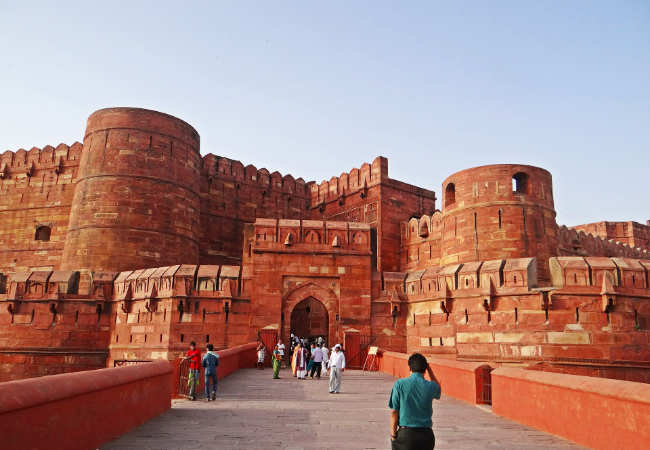
Agra Fort, reminiscent of Delhi's Red Fort but far better preserved, stands as a testament to Mughal grandeur. Constructed primarily from red sandstone, the fort served both as a palace and a formidable defensive structure. Emperor Akbar, who ascended to the throne at 14, initiated the construction of Agra Fort between 1565 and 1571, concurrently with Humayun's Tomb in Delhi, to consolidate his power. Later, Emperor Shah Jahan expanded the fort, where he was eventually imprisoned, with a stunning view of his masterpiece, the Taj Mahal, visible on clear days.
Sikandra, Akbar's Tomb (10 km north of Agra) The tomb of Akbar lies here in the centre of the large garden. Akbar started its construction himself but it was completed by his son Jehangir who significantly modified the original plans which accounts for the somewhat cluttered architectural lines of the tomb. Four red sandstone's gates lead to the tomb complex: one is Muslim, one Hindu, one christian and one is Akbar's patent mixture. Akbar's mausoleum is open from sunrise to sunset.
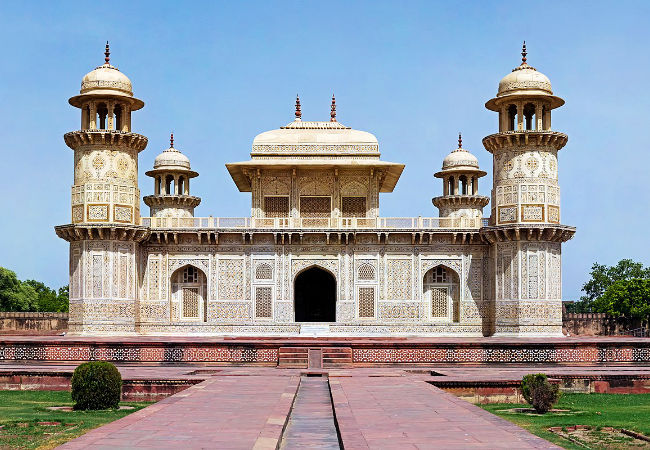
Commissioned by Empress Nur Jehan for her father, Ghias-ud-Din Beg, the Chief Minister of Emperor Jahangir, Itmad-Ud-Daulah's Tomb, often referred to as the Baby Taj, stands as a testament to Mughal elegance. Although smaller than many other Mughal-era tombs, this structure is often described as a jewel box due to its intricate design. The tomb's garden layout, along with its extensive use of white marble, pietra dura inlay designs, and delicate latticework, foreshadow the architectural magnificence of the Taj Mahal.
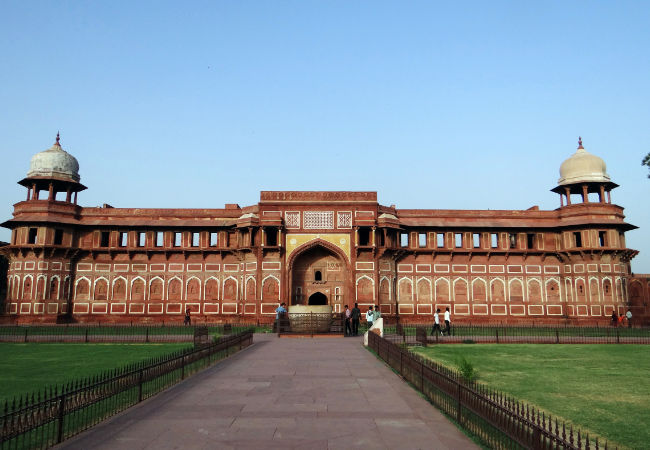
Located west of Akbar's Tomb along the Agra-Delhi highway, Mariam's Tomb was built by Emperor Jahangir in memory of his mother, Mariam-uz-Zamani. Crafted from white marble, this tomb was erected to honor Akbar's Christian wife. Though the structure is now in a state of disrepair, it remains an important historical site. Nearby, you'll find a Christian mission school and a church, adding to the area's historical significance.
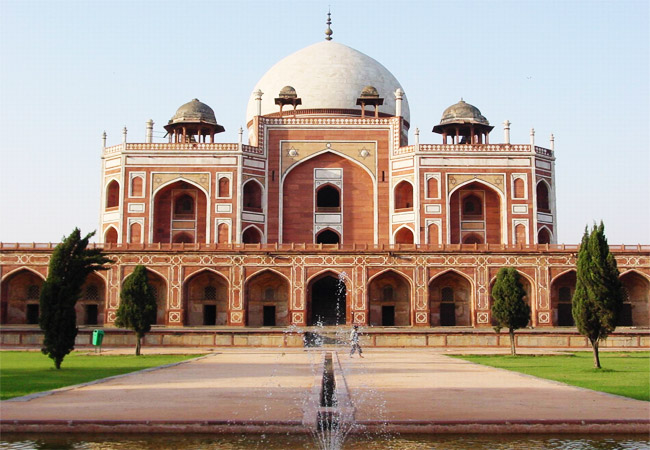
Jama Masjid, a grand mosque credited to Princess Jahanara Begum, stands as a remarkable architectural marvel. Constructed in 1648 during the reign of Emperor Shah Jahan, this mosque is renowned for its distinctive dome and the absence of traditional minarets. Its unique design sets it apart, inviting visitors to marvel at its beauty and historical significance.
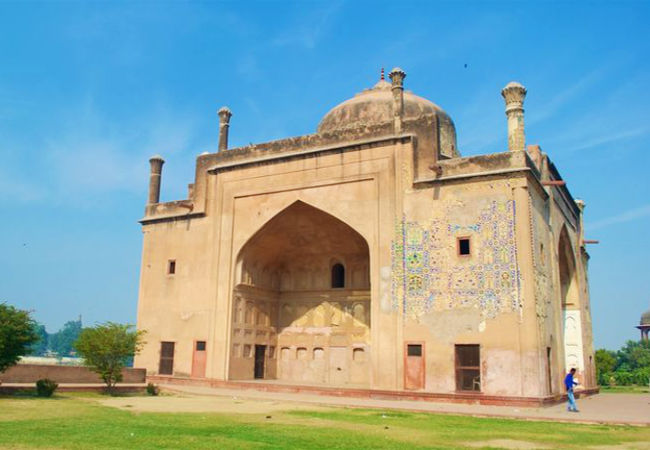
Chini Ka Roza stands as a majestic memorial honoring the legacy of Allama Afzel Khal Mullah Shukrullah of Shiraz, the esteemed Prime Minister of Emperor Shah Jahan. Notable for its stunning dome adorned with vibrant blue glazed tiles, this monument captivates visitors with its elegance and historical significance. Explore the rich heritage of Mughal architecture at Chini Ka Roza, an iconic landmark in Agra.
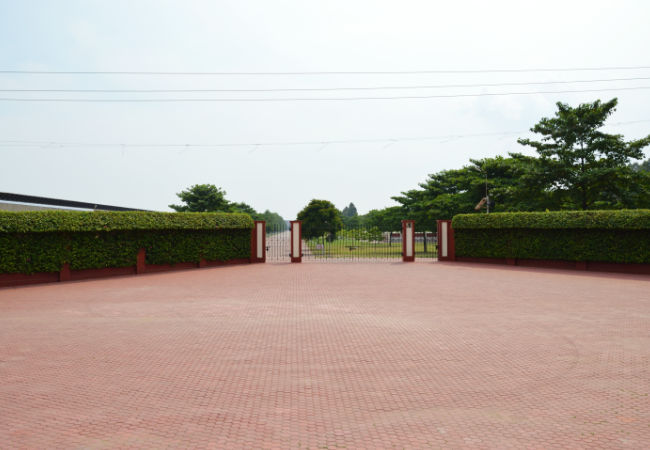
Situated 10 kilometers north of Agra, Swami Bagh is home to the ongoing construction of the white marble samadhi of the Radah Soami religion. Commenced in 1904, this monumental project is a testament to enduring spiritual dedication. Visitors can witness artisans meticulously crafting pietra dura inlaid marblework, adding to the site's allure and providing a glimpse into the intricate craftsmanship that continues to shape this sacred space.

Ram Bagh, located just 500 meters north of the Chini Ka Rauza, holds the distinction of being the first Mughal gardens established by Emperor Babar himself. This historic site serves as a verdant oasis, steeped in Mughal heritage and architectural marvels. Explore the lush greenery and intricate design of Ram Bagh, a testament to the Mughal Empire's enduring legacy.
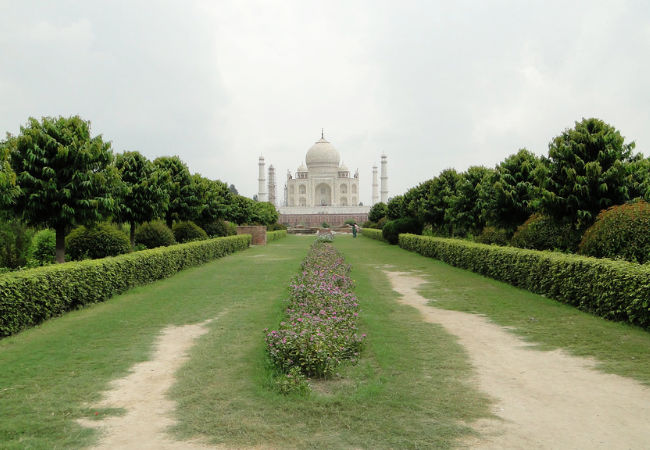
Nestled on the opposite bank of the Yamuna River, Mehtab Bagh offers a serene escape with its lush botanical gardens. Here, visitors are treated to a unique vantage point, allowing for picturesque views of the iconic Taj Mahal from afar. Alternatively, venture beyond the garden entrance to the sandy riverbanks, where you can enjoy an uninterrupted view of the majestic Taj Mahal in all its glory. Explore the beauty and tranquility of Mehtab Bagh, a hidden gem near the Taj Mahal.
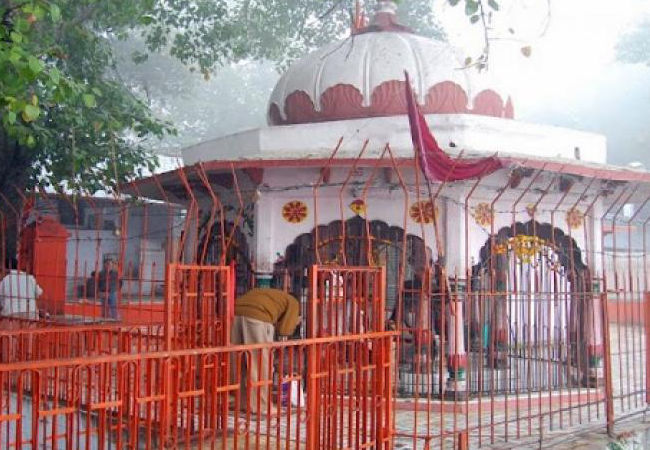
Balkeshwar Temple - at Balkeswar, at the river side of Yamuna, it is a temple of Lord shiva"
Kailash Temple - at Sikandra, at the river side of Yamuna is a Lord Shiva Temple.
Mankameshwar Temple - at Rawatpara, near Agra Fort railway station
Taj Mahotsavs - The Taj Mahotsav is a 10 day festival held in February every year at Shilpgram, near the Tah Mahal.

